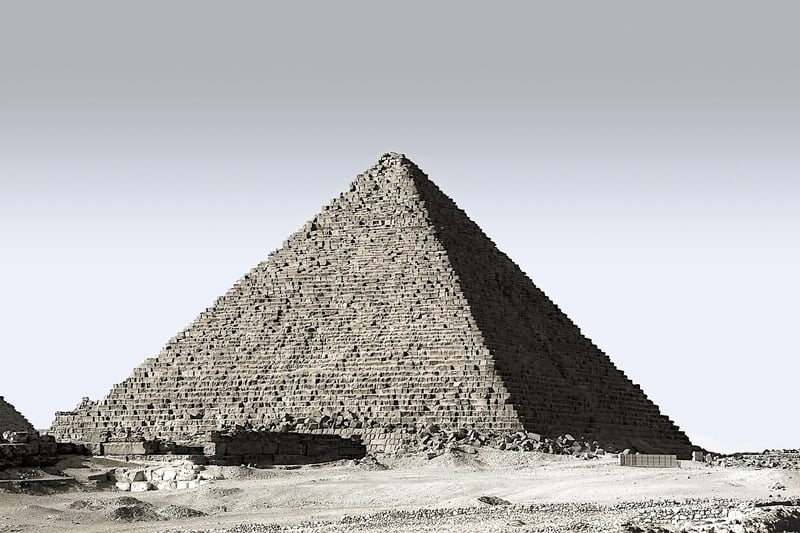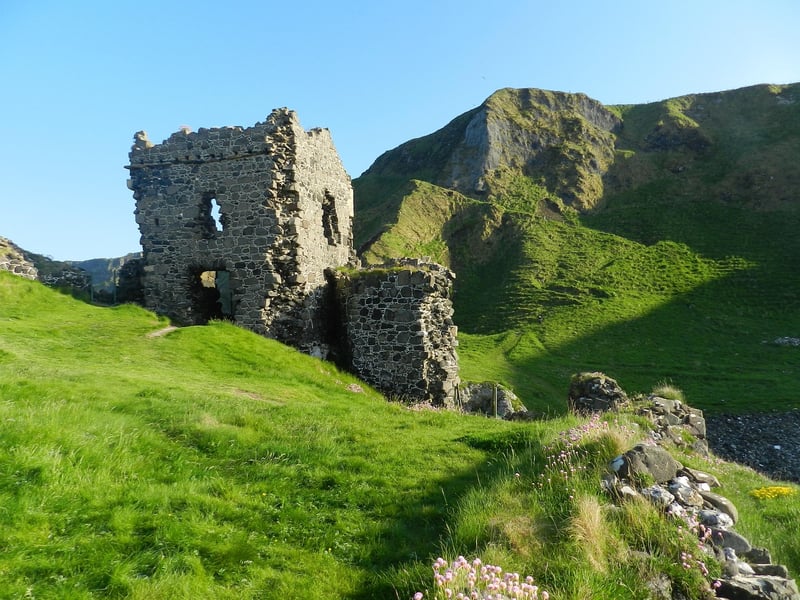Future Exploration
Exploring Different Eras and Future Exploration
Introduction
Exploring different eras allows us to understand the past and learn from it. Additionally, looking towards future exploration opens up possibilities for exciting advancements and discoveries.
Ancient Era
The ancient era, spanning from the dawn of civilization to the fall of the Roman Empire, offers insights into early human societies, technological advancements, and cultural developments. Exploring ancient ruins like the pyramids of Egypt or the Colosseum in Rome provides a glimpse into the rich history of these civilizations.

Medieval Era
The medieval era, characterized by feudalism, chivalry, and the rise of powerful empires, shaped the course of European history. Castles, cathedrals, and manuscripts from this period offer a window into the art, architecture, and beliefs of the time.

Industrial Era
The industrial era brought about significant technological advancements, urbanization, and social changes. Exploring industrial revolution sites such as old factories or railways sheds light on the transition from agrarian to industrial societies.

Modern Era
The modern era, marked by globalization, digitalization, and rapid innovation, presents a dynamic landscape for exploration. Visiting modern cities, technology hubs, and cultural centers allows us to witness the ongoing evolution of society.

Future Exploration
Looking towards the future, space exploration, artificial intelligence, and sustainable technologies hold promise for exciting discoveries. Venturing into space, developing AI applications, and embracing eco-friendly practices pave the way for a brighter tomorrow.
Conclusion
Exploring different eras offers a unique perspective on human history, while future exploration opens doors to endless possibilities. By learning from the past and innovating for the future, we can continue to expand our horizons and make meaningful advancements.
